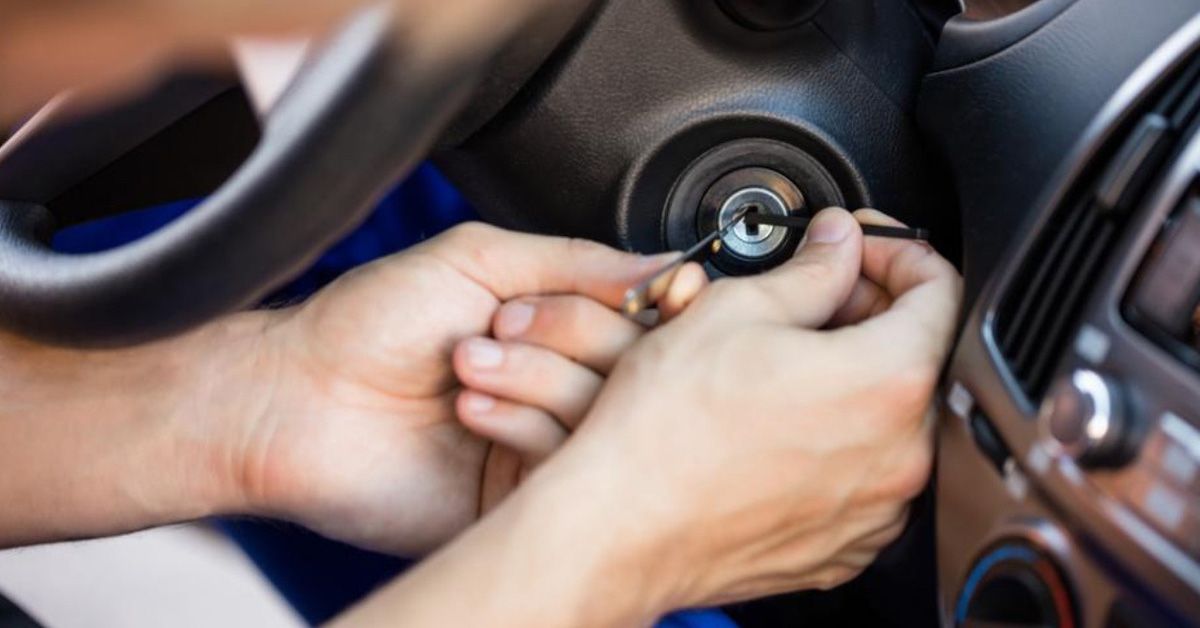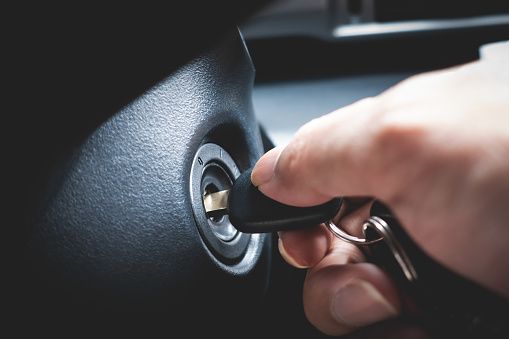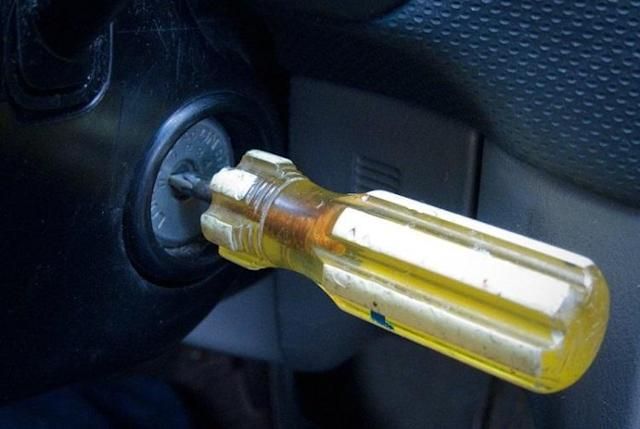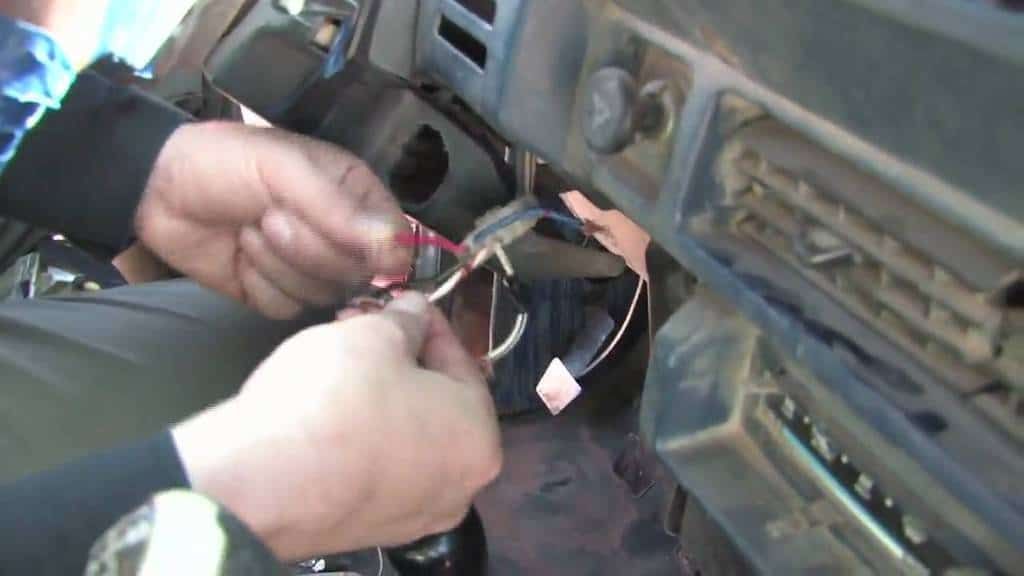It has happened to the best of us. Losing your car keys can easily be one of the most frustrating times of your life. You may have accidentally dropped them in the drain or anywhere at home or work, which is quite a common occurrence. You may have lost them in an attack or dropped them while escaping danger. No matter what happened, your car isn’t going anywhere without them. To drive your car without the keys, you’ll need to hotwire it.
And we’ve seen it a dozen times. A hero or villain steps into a car, rips the steering column open, pulls out a bunch of wires, connects them and the car comes to life. But is it all just Hollywood mumbo jumbo, or does it actually work?
Read on to find out how you can do it.
What Does It Mean To Hotwire A Car?
Many of the car's main functions use an electrical system, made up of cables and circuits. The same applies to the vehicle’s ignition system, which consists of a battery and a starter motor. Turning the key simply connects the starter motor, the battery, and the ignition/electrical system itself.
It’s the same process that happens in the widespread push-to-start vehicles, though the only difference here is that, in those vehicles, the electrical system doesn’t require a key to power the starter motor or complete the circuit. But, this isn’t hotwiring.
The power derived from the battery is what powers the starter motor, which ultimately turns the engine on – starting the car. So, when you’re hotwiring a car, you’re essentially bypassing the whole ignition point and completing the electrical circuit in the absence of a key.
Prepping To Hotwire A Car
We do not advocate car theft. We’re sharing this information on hotwiring because it may be useful in an emergency.
Keep in mind that hotwiring a car is typically possible on old cars, say from the mid-90s era or older. Cars made from the mid-90s going forward came with an alarm system and an immobilizer, which makes them harder to hotwire, if not impossible.
There are still ways to get around the immobilizer. But, unless you have deep knowledge and experience with those kinds of ignitions, or you’re every villain and/or hero in every movie ever made, you probably won’t get past these systems.
You’ll need a few tools: Some electrical tape, a wire stripper or a small knife, and a screwdriver.
Here Are The Simple Steps To Hotwire A Car
By following the steps detailed in this article, it should take you about 5 minutes to hotwire your car.
Step 1: Try Turning The Ignition On With Your Screwdriver
Before you start thinking about unbolting anything, place the screwdriver in the keyhole and see if there’s a chance the car can start. It is not uncommon for some cars to start this way. If this doesn’t work, you’ll need to move on to the next step.
Step 2: Uncover The Steering Column
To access the ignition switch, you must first remove the plastic cover around the steering column. Use the screwdriver to remove all screws, either under the steering wheel or on both sides of the steering column. This is where you will find the wire connector for the ignition switch or access panel. To get past the access panels, simply pull them out, exposing the ignition system cables.
Step 3: Decipher The Ignition Wiring
Here, you will see three bundles of wires of different colors. You need to know what the connector does. Of these three bundles, one for the car lighting, one for the windshield wipers and heating, and the last one connects to the battery and ignition. In most cases, you may find a wiring diagram marked on the ignition lock, but most often, you have to check where the wires lead to.
If you’ve found the wires, well done, you’re already halfway there. So, this pack contains the wires that are connected to the car’s ignition system - in this case, the battery, starter, and ignition.
You have to find out which wire is connected to the ignition system and which wire is connected to the battery. Most times though, the battery wires come in red, starter wires are yellow, and ignition wires are brown. But remember, there's no universal color scheme for these kinds of wires, so you'll need to search for your model online. Remember the owner’s manual you always hesitated to throw away? Well, it might come in handy. You could also check it for the ignition cable colors.
Step 4: Cut Ignition, Battery, And Starter Motor Wires
Once all wires have been identified, strip the electrical insulation from the battery and ignition wires using the wire stripper. Then, begin twisting them together. This should cause some sparks, which is totally normal.
Step 5: Check Dashboard For Signs Of Life
Once these wires are connected, the ignition system will come to life. So, all dashboard components should turn on and start working as intended. You might also hear the fuel pump. If the dashboard doesn’t light up, you’ve probably found the wrong cables altogether. In this case, return to step 3.
Step 6: Start The Car
Now that the ignition is on, let’s get the show on the road. To start the car, hold (don’t twist) the starter motor cable and battery cable (which is still connected to the ignition) together for a few seconds. You should hear the engine come to life.
Once the car starts, disconnect the battery and starter motor cables from each other immediately, but keep the battery and the ignition attached. Make sure to use electrical tape to cover the ends of the wires to avoid them from coming into contact with anything.
To turn the car off, simply disconnect the ignition and battery wires from each other.




